The Violet-Backed Starling is an amazing bird that cannot go unnoticed due to its stunning violet iridescence.
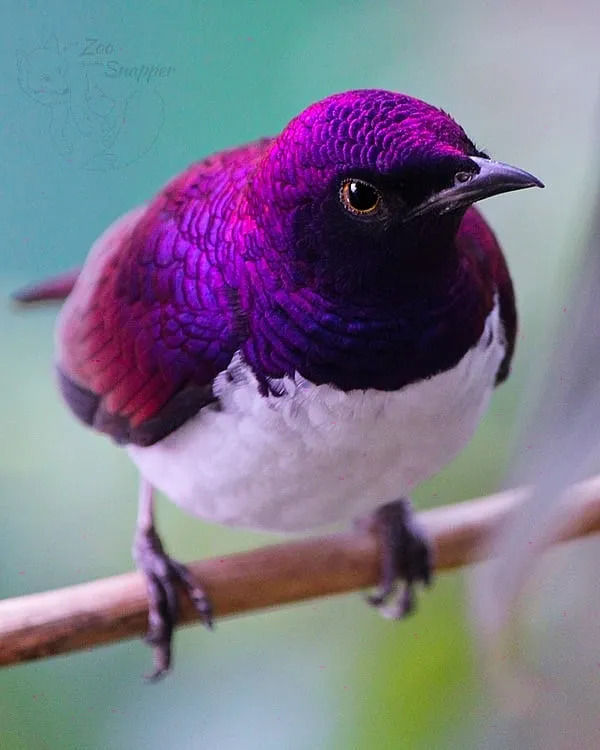
The size of this bird is quite small, measuring only six inches and weighing approximately an ounce. It is important to note that the distinguishing feature of this species, which is the iridescent violet back and white breast, can only be found in the male.
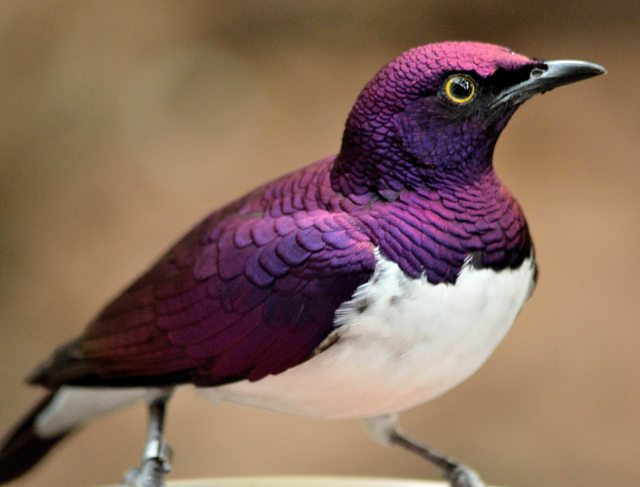
The Violet-Backed Starling is a bird species that can be seen in most parts of Sub-Saharan Africa. These birds tend to avoid the thick rainforests found in the Congo Basin.
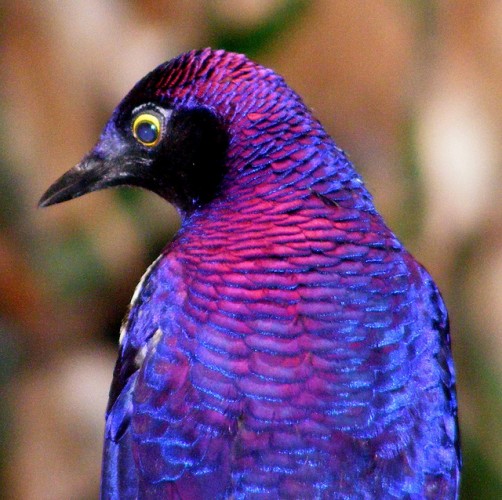
The violet-backed starling is a bird that is often found in forested areas, including the edges of forests as well as in open woodland areas and clearings. They have a varied diet consisting mainly of seeds, fruits, berries, and arthropods, with most of their feeding taking place in the canopies of trees.
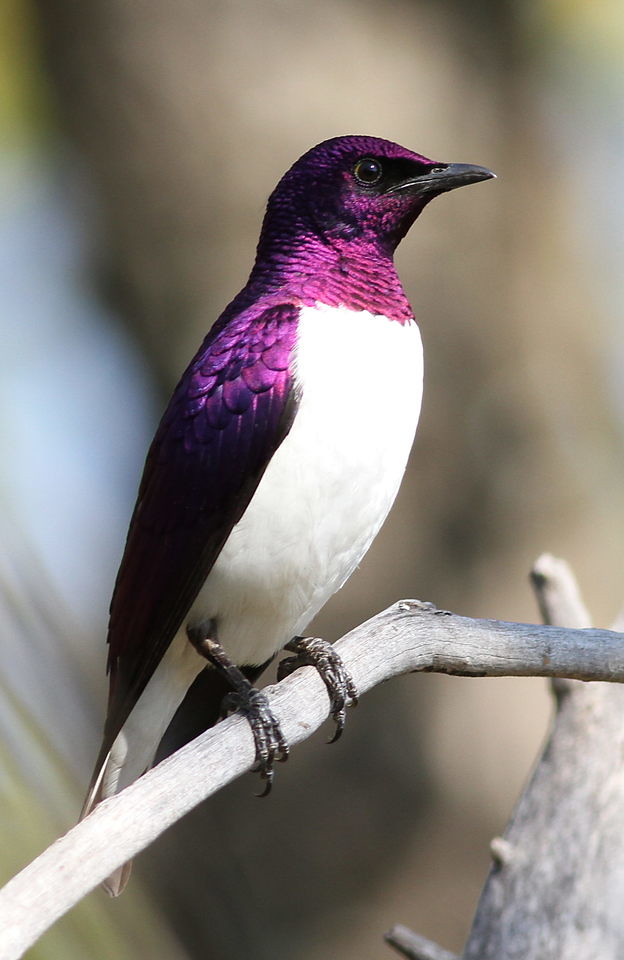
The Violet-Backed Starling is a species of bird that typically migrates, although there are some regions where they can be found year-round as residents.
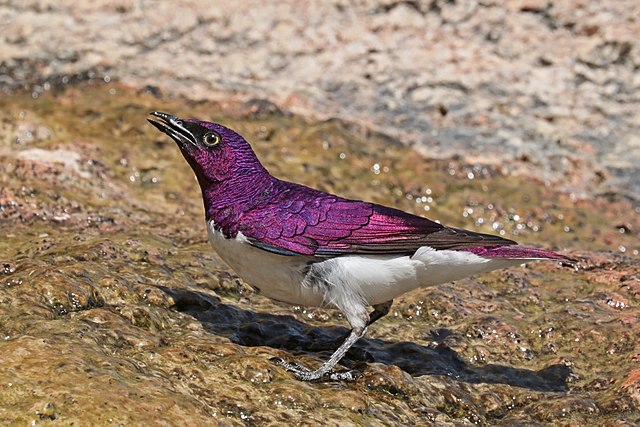
It’s common for female animals to construct their nests about six feet off the ground, usually in the intersection of tree branches. Typically, these nests are constructed using fresh foliage and waste materials from animals.
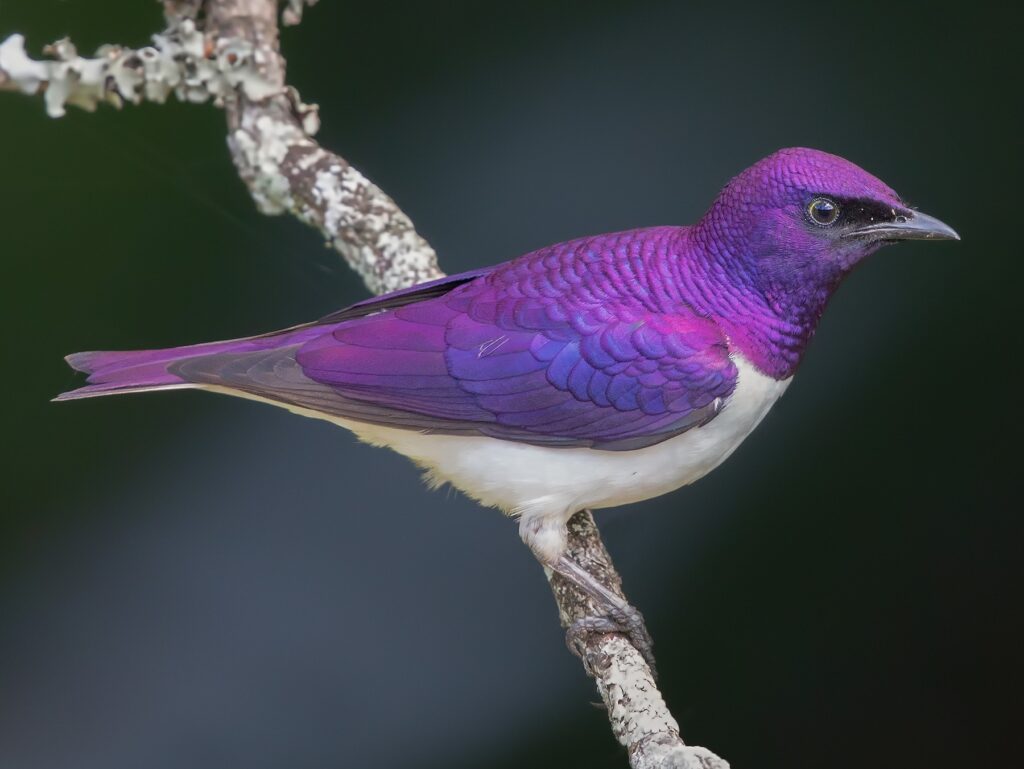
Afterward, she proceeds to sit on a batch of two to four eggs that have a blue color and reddish/brown spots. The duration of incubation lasts from 12 to 14 days.
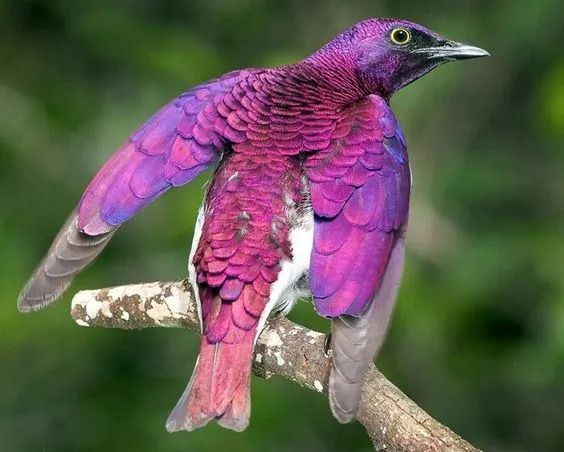
It is fortunate that the mother bird does not have to raise her chicks alone, as the father bird also contributes by providing food until the chicks can fly on their own, which usually takes around 21 days. In the wild, the patterns and colors of animals are essential for sexual selection, which involves communication between individuals of the same or different species.
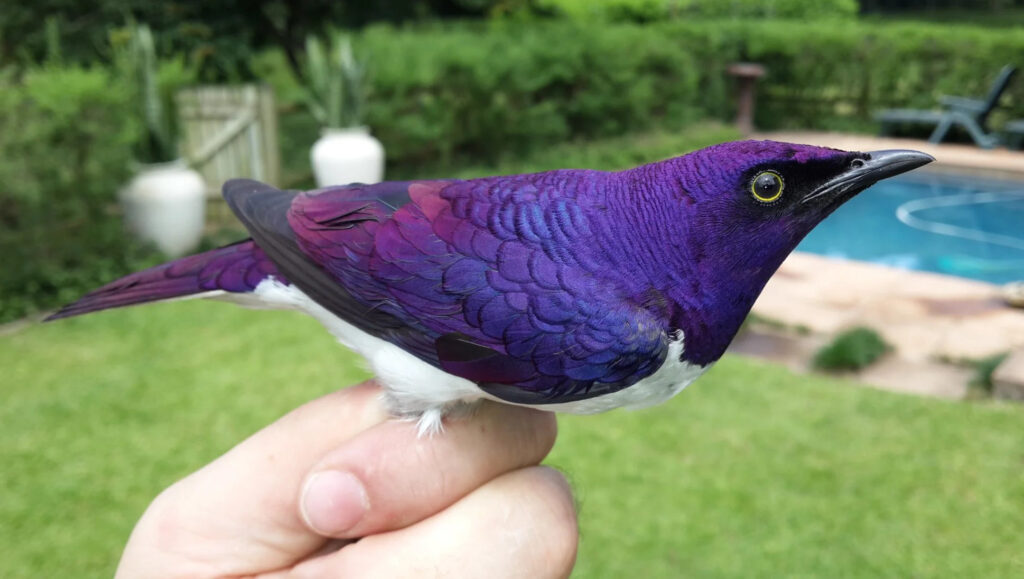
The members of this species display striking differences between genders. While the male dons a vibrant violet outfit, the female tends to camouflage herself to blend in with her surroundings, making it challenging to spot her.
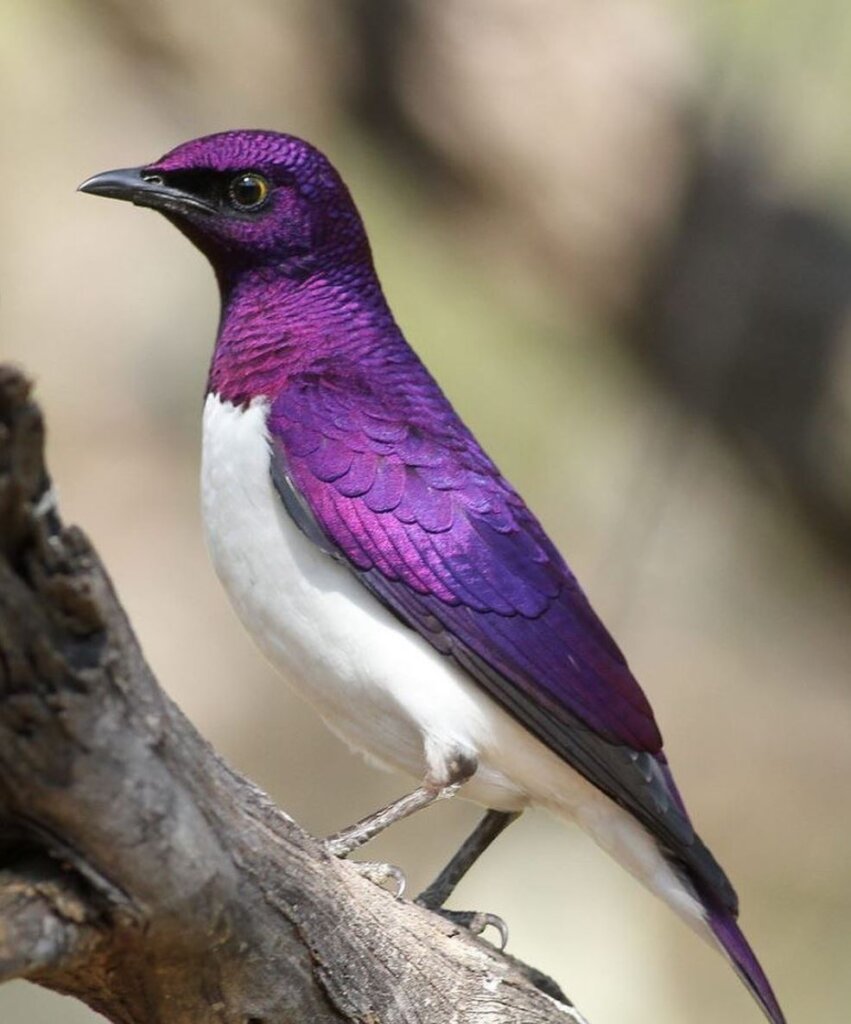
The violet-colored back of the male bird stands out in contrast to its white belly. Meanwhile, the female and young ones have bellies that are streaked with brown and white, giving them a resemblance to the thrush species.
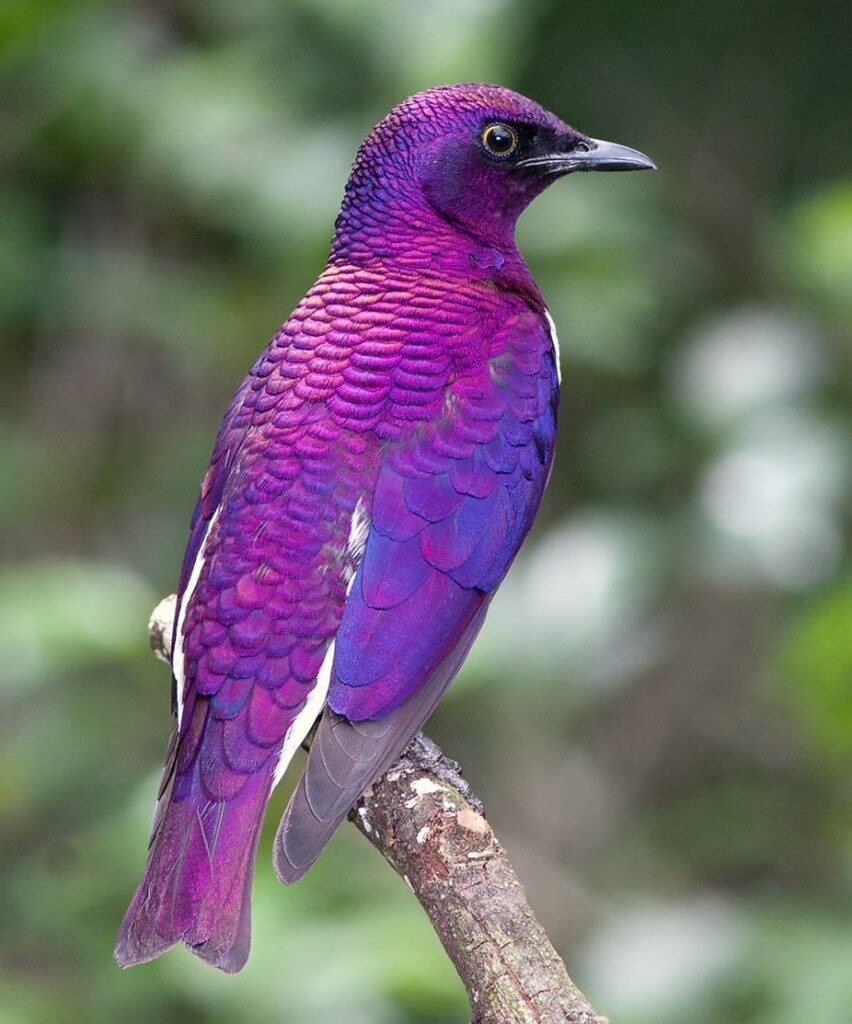
Although they differ in appearance, all of these birds have a common feature: a dark beak and bright yellow eyes.
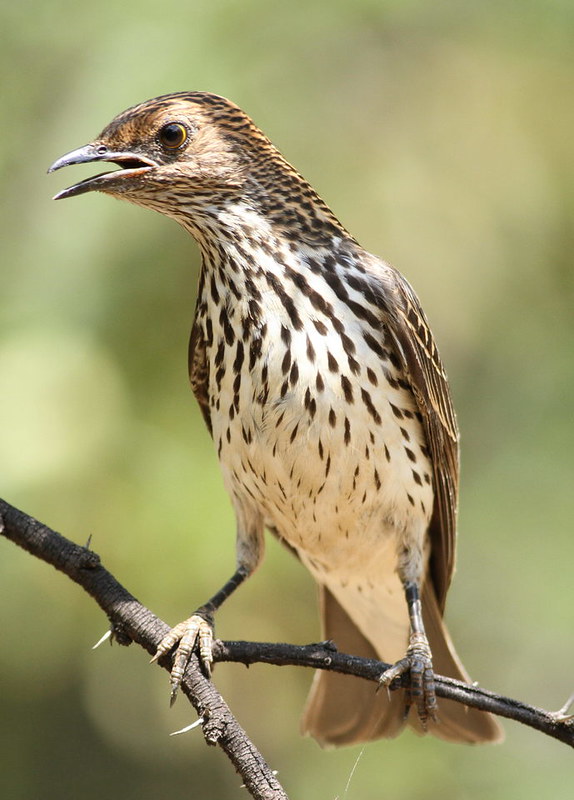
Female and juvenile birds display brown coloring on their head and back, along with a white belly marked by brown spots. The black beaks and legs are characteristic of both male and female birds. These features are less pronounced in comparison to male Starlings.
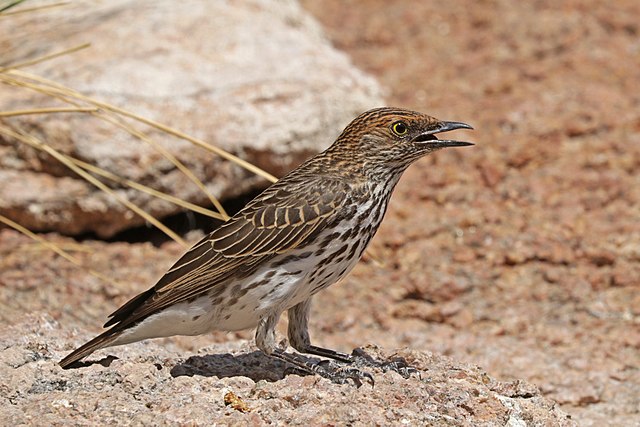
Take a moment to appreciate the sweet melodies of the feathered friends around you. Hear their gentle tweets and chirps, as they sing their songs of joy and contentment. Let their cheerful tunes fill your heart with warmth and tranquility, reminding you to slow down, breathe deeply, and appreciate the simple pleasures of life. Soak in the beauty of nature’s symphony, and let yourself be carried away by its peaceful rhythms.




